
Executing a GPT-4 SEO content marketing campaign can skyrocket your...
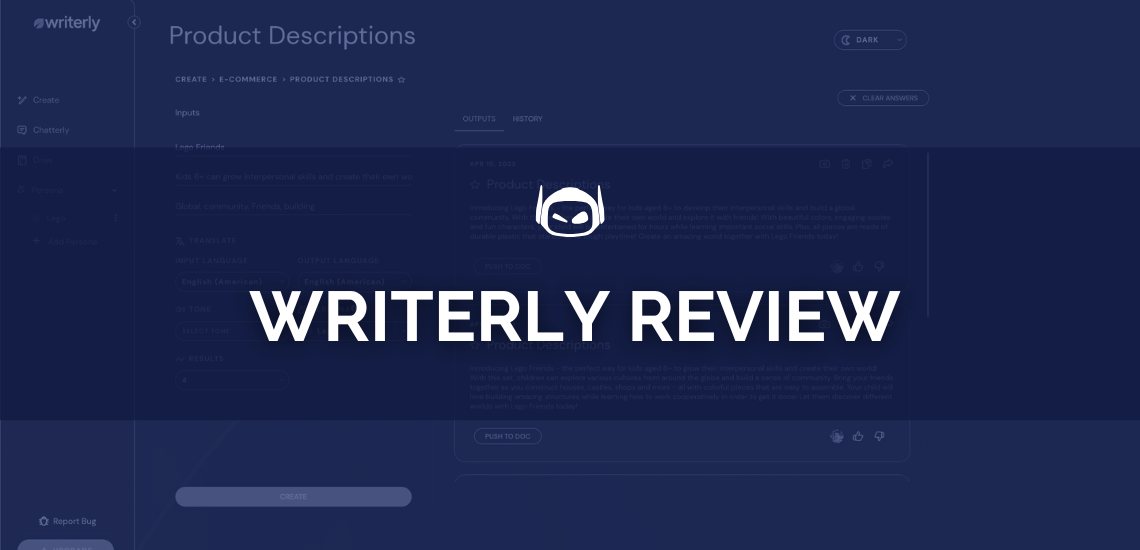
General Guide About Content and Writing
When it comes to writing compelling content there might be...
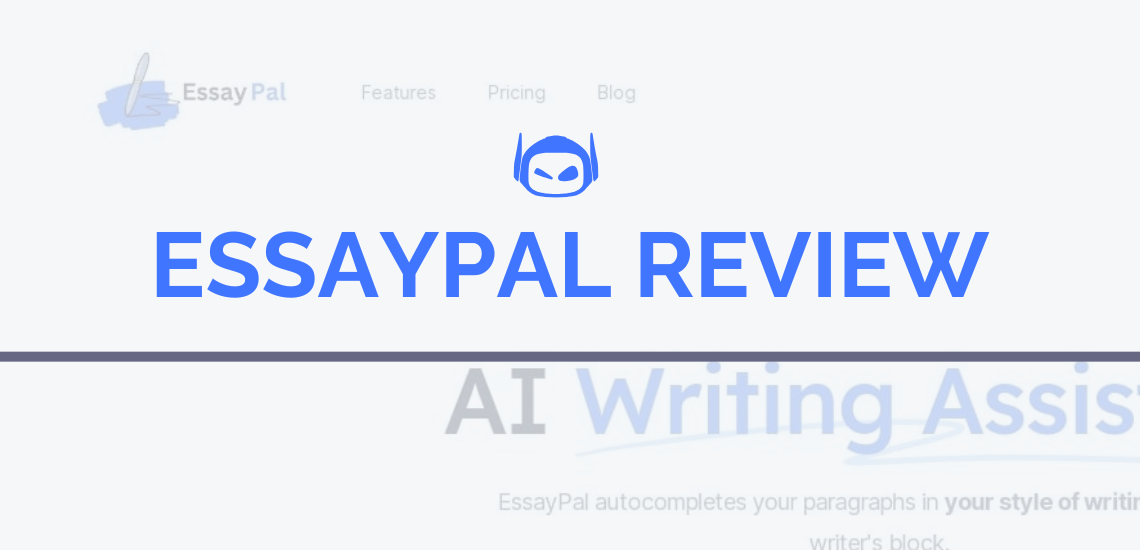
General Guide About Content and Writing
Sometimes you might feel your academic writing needs a little...

General Guide About Content and Writing
Do you want to know more about the ContentAtScale AI...

General Guide About Content and Writing
When you’re studying at one of the best educational institutions,...

General Guide About Content and Writing
You’ve written a brilliant essay. From the intro to the...
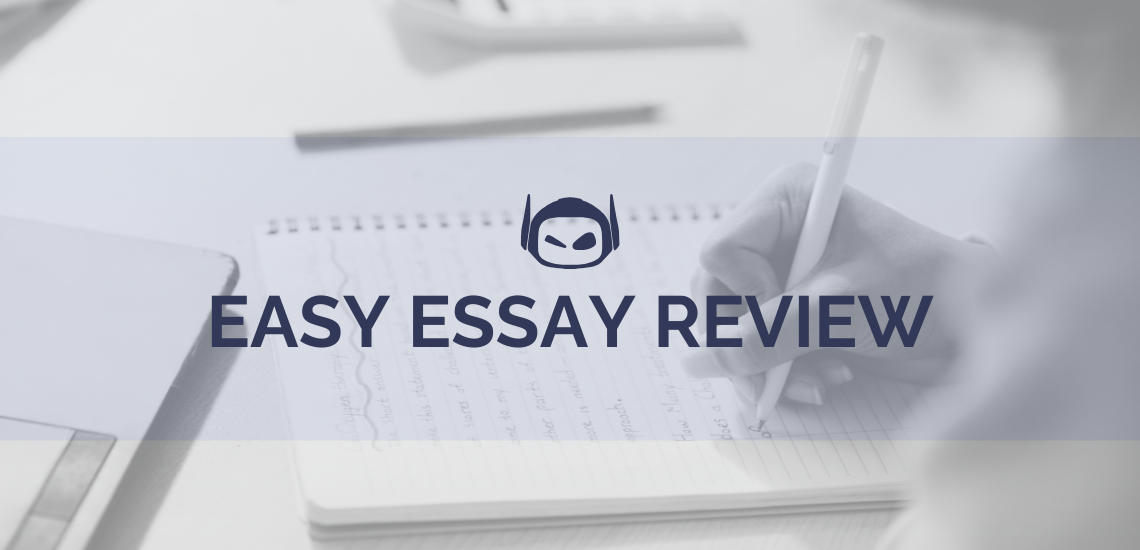
In this Easy Essay review, we take a deep dive...

General Guide About Content and Writing
AI-generated and deepfake images created by image generators are reaching...
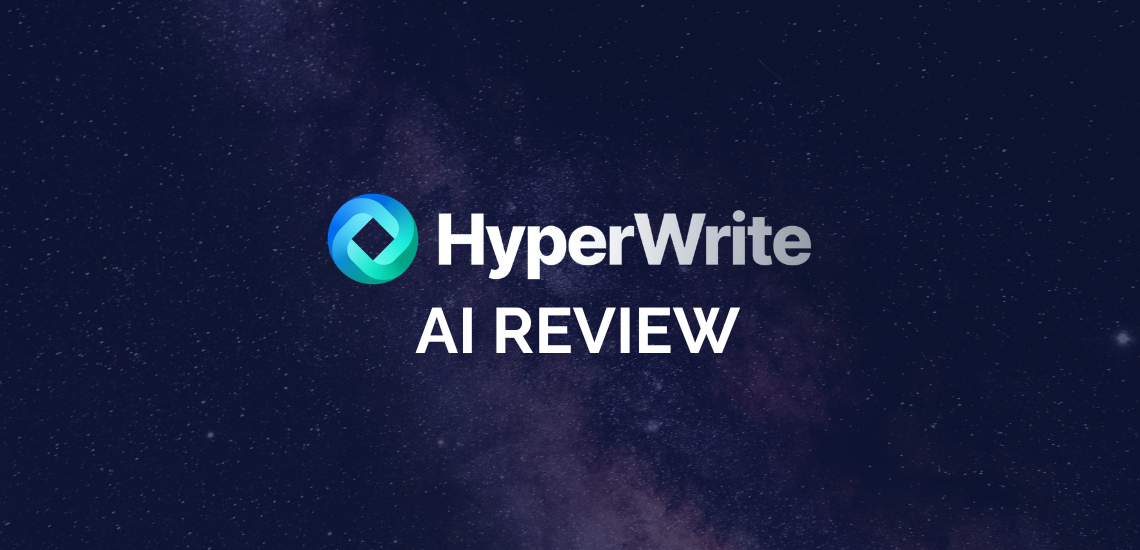
In this HyperWrite AI review we’ll evaluate different aspects of...
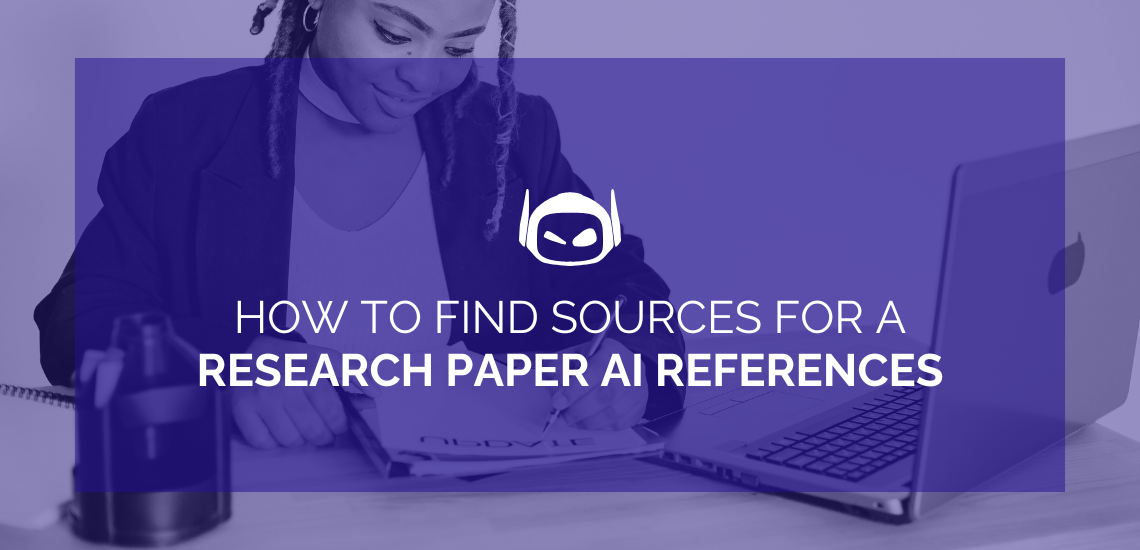
General Guide About Content and Writing
It doesn’t matter if you’re writing a key piece of...